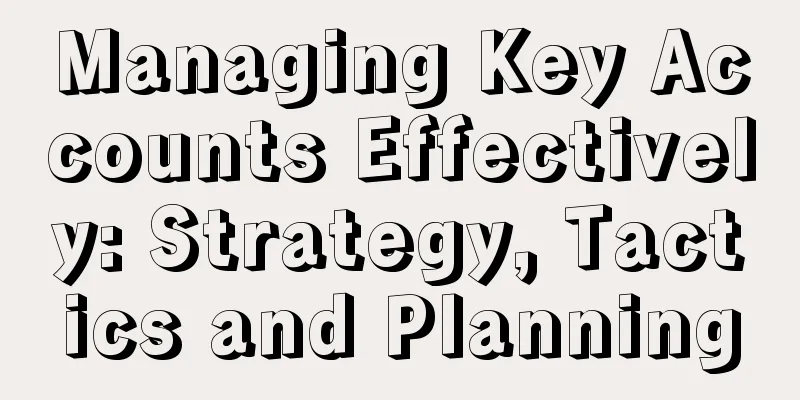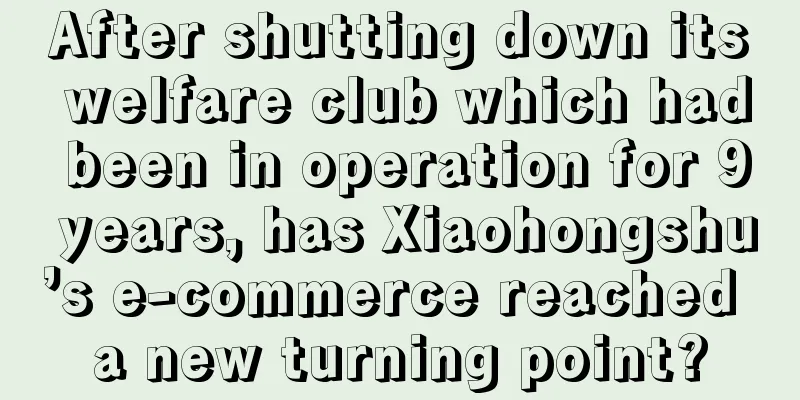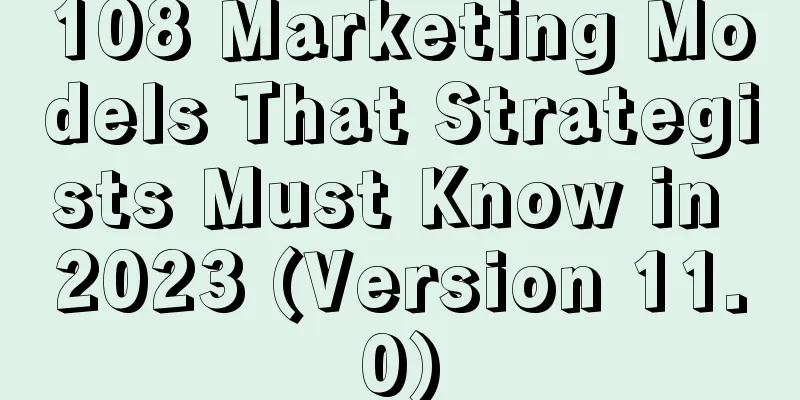Managing Key Accounts Effectively: Strategy, Tactics and Planning

1. Strategy, Tactics and PlanningOnce we determine who the key customers are and who will manage them, key customer sales will determine resource investment strategies, management strategies and tactics for the customers assigned to them, as well as make account plans for the most important key customers. 1. Resource investment strategyFigure 1 Resource investment strategy As shown in the above figure, the horizontal axis is potential, which is generally the maximum revenue that our company estimates that this customer can bring to our company. Generally, we only need to consider the absolute value; the vertical axis is the contribution to our company, which must be considered in absolute value. For example, more than 5 million per year is considered a medium contribution; more than 10 million per year is considered a high contribution. However, we must also consider the relative value of the customer itself. For example, the contribution that customer A brings to our company is 10 million, but the potential of this customer is 50 million, so the absolute contribution of this customer is high enough, but the relative contribution still has a lot of room for improvement, so it can be set to medium contribution, which means that there is still a lot of potential to tap.
For customers of types A, B, C, and D, our resource investment strategy is as follows:
2. Management strategies and tacticsFor customers of types A, B, C, and D, our management strategies are as follows:
Next, I will introduce the management strategies and tactics of key customers. Determine management strategies and select tactics: The following are 5 types of strategies and corresponding tactics: (1)Customer acquisition strategy It is a strategy to turn our company's important potential customers into formal customers. This strategy requires first identifying important potential customers and using corresponding tactics to make them buy our products. Examples of customer acquisition tactics:
(2) Customer promotion strategy It refers to the strategy of upgrading our customers with low contribution to high contribution customers. This strategy requires understanding the customer's business status and needs, early layout, guidance of customers, strengthening interaction, increasing pre-sales and solution investment in the early stage, participating in the bidding of projects within the year, and making every effort to win projects. Examples of customer promotion tactics:
(3) Customer retention It refers to the strategy of retaining our high-contribution customers and making them generate continuous income for our company. This strategy requires close contact with customers, the ability to provide customers with overall planning and suggestions, the ability to provide customers with cost-effective operation and maintenance services, and prevent competitors from entering. At the same time, it strengthens after-sales service and improves customer satisfaction. Examples of customer retention tactics:
(4) Make up for the loss It is a strategy to gradually win back high-value users who are gradually alienating us. This strategy requires understanding the real reasons why customers are alienating us, formulating a recovery plan, investing corresponding resources to make customers feel our sincerity, and providing more favorable prices and more personalized services. Examples of post-mortem tactics:
(5) Using static braking It is a wait-and-see strategy for our customers with little potential and low contribution. This strategy is not passive waiting, but maintaining a certain frequency of contact with customers, understanding the internal changes of customers, and waiting for the opportunity. Strategy of using stillness to overcome motion:
3. Key customer account planningAfter sales have formulated resource investment strategies, management strategies and tactics for the key accounts they are responsible for, the next step is to plan key account accounts for the most important accounts, such as Class A customers and important Class C customers. Key account plans are generally prepared at the beginning of each new fiscal year, and the execution and implementation status must be evaluated every three months to update and improve the plan. Figure 2 Four main aspects of account planning As shown in the figure above, key customer account planning can start from four aspects:
Author: Yang Jun, WeChat account: CRM30 |
<<: A copywriter’s self-cultivation!
>>: Brand Growth | A Quick Guide to Brand Building
Recommend
New consumption has lowered its profile, and popular brands are moving towards high-end?
With the changes in the current consumer environme...
User portraits, detailing my countless failed experiences
This article deeply analyzes the cases of failed u...
How long does it take to deliver from the United States to China? What can't be delivered by international express?
Now many friends buy overseas products. When you b...
10 Valentine's Day quotes
Valentine's Day is coming soon. We may have he...
WeChat Store is online. It’s time to re-understand WeChat e-commerce
The launch of WeChat Stores marks a key step in th...
How much profit should be added to the supply price of Temu? How is the price determined?
When operating cross-border e-commerce business on...
Is it necessary to pay the deposit of Shopee? What will happen if I don't pay it?
In fact, more and more people are now aware that c...
How much can Wish earn in a month? What is the Wish platform?
Our domestic e-commerce industry actually introduc...
WeChat has opened two new traffic entrances for small shops
WeChat has adjusted its content ecology and opened...
The 2024 Spring Recruitment Job Hunting Guide is really great!
The 2024 spring recruitment is about to begin, and...
Will the Amazon account be affected after the company is deregistered? Can the company still operate after deregistration?
First, let’s understand the key point of your ques...
How long will it take for a Shopee account manager to contact you? Why can't I find an operations manager?
Shopee, like Amazon, is a cross-border e-commerce ...
Why are brands flocking to the poor man’s meal package battlefield?
Which "poor man's meal" have you tri...
How does an enterprise settle foreign exchange? What should be paid attention to when settling foreign exchange?
Foreign exchange settlement by enterprises refers ...
What holiday events does Amazon have? What are the promotional techniques for holiday events?
With the booming e-commerce industry, Amazon, as o...









